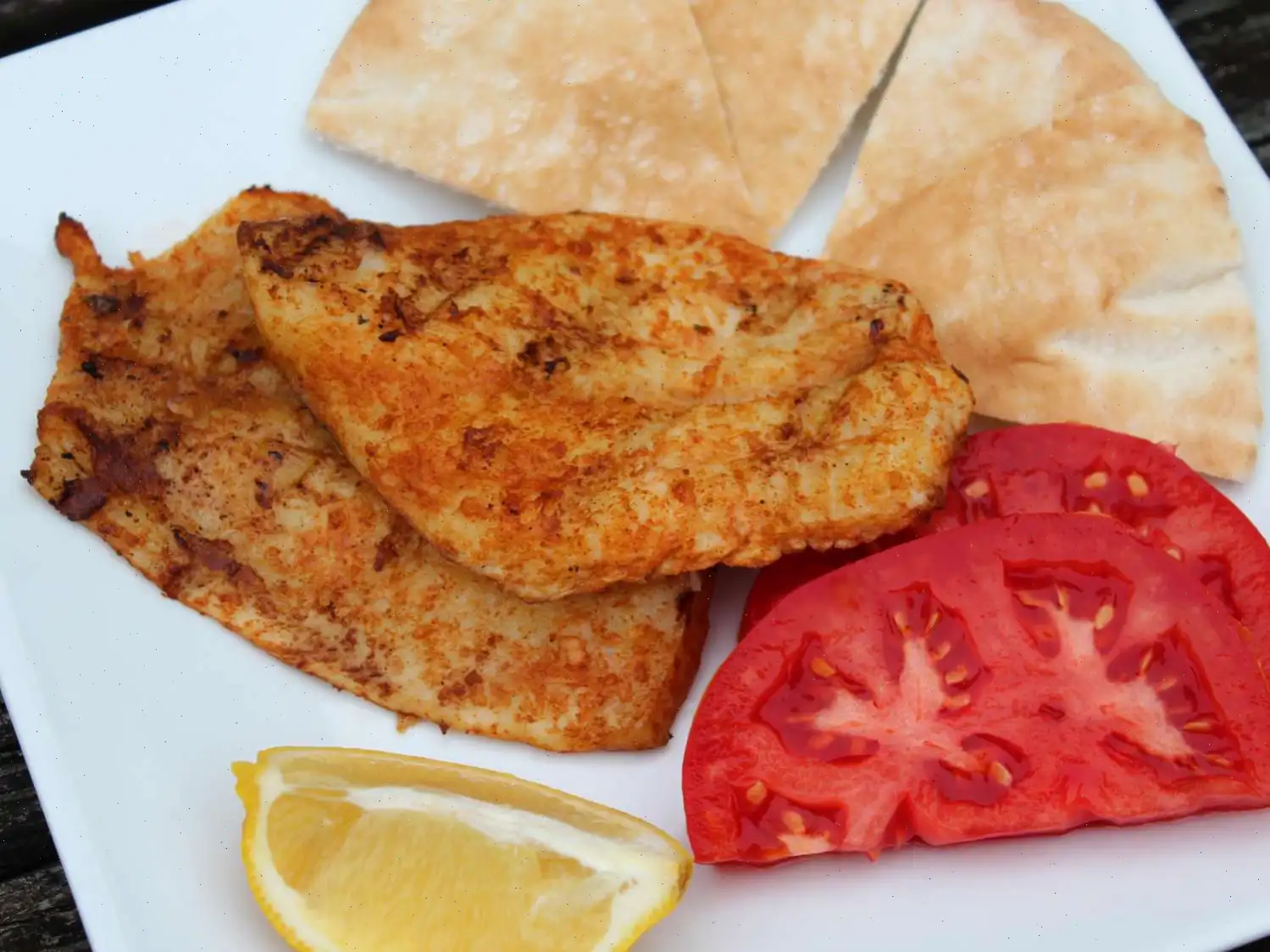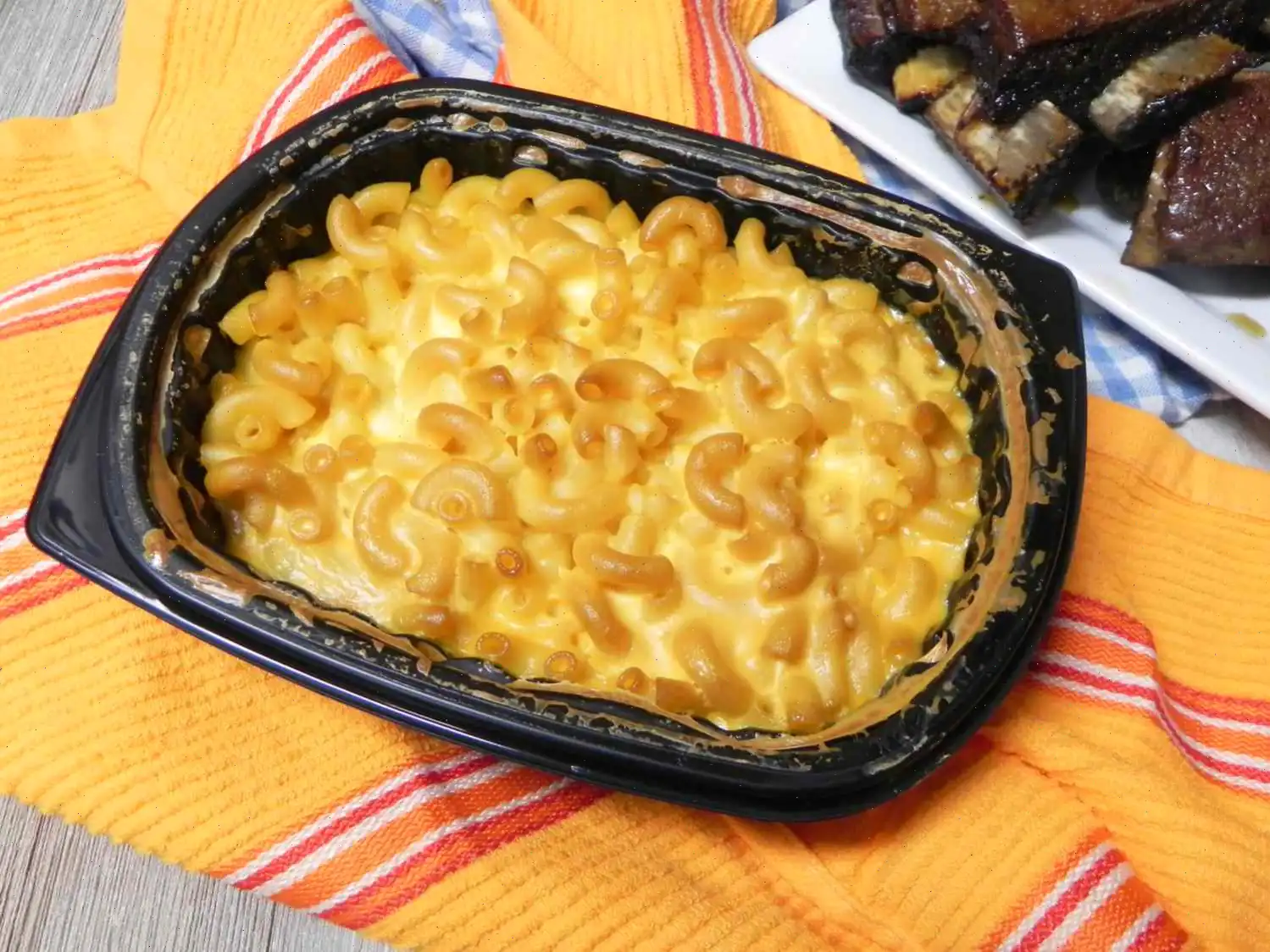
Grilled Flounder Recipe
Grilled Flounder with Lemon and Smoked Paprika Marinade
Original recipe (1X) yields 2 servings
Ingredients:
- 1/4 cup olive oil
- 2 cloves garlic, minced
- 2 teaspoons lemon zest
- 2 tablespoons fresh lemon juice
- 2 teaspoons smoked paprika
- 1/4 teaspoon celery salt
- 4 (2 ounce) flounder filets
Directions:
- In a bowl, whisk together olive oil, garlic, lemon zest, lemon juice, smoked paprika, and celery salt until well combined.
- Pour the marinade mixture into a resealable plastic bag.
- Add the flounder filets to the bag, ensuring they are well-coated with the marinade. Squeeze out excess air and seal the bag.
- Place the bag in the refrigerator and marinate the flounder for 30 minutes.
- Preheat an outdoor grill to medium-high heat and lightly oil the grate.
- Once the grill is hot, place the marinated flounder filets on the grate and cook for about 4 minutes per side, or until the fish flakes easily with a fork.
Nutrition Facts (per serving):
| Calories | 352 |
| Total Fat | 30g (39%) |
| Saturated Fat | 4g (22%) |
| Cholesterol | 63mg (21%) |
| Sodium | 568mg (25%) |
| Total Carbohydrate | 4g (1%) |
| Dietary Fiber | 1g (4%) |
| Total Sugars | 1g |
| Protein | 18g (36%) |
| Vitamin C | 9mg (11%) |
| Calcium | 45mg (3%) |
| Iron | 1mg (6%) |
| Potassium | 308mg (7%) |
* Percent Daily Values are based on a 2,000 calorie diet. Your daily values may be higher or lower depending on your calorie needs.
** Nutrient information is not available for all ingredients. Amount is based on available nutrient data.
(-) Information is not currently available for this nutrient. If you are following a medically restrictive diet, please consult your doctor or registered dietitian before preparing this recipe for personal consumption.
The Story and Origins of Grilled Flounder
Grilled flounder has a long history rooted in coastal communities where fresh fish was abundant and cooking methods were simple yet flavorful. The flounder itself is a flatfish native to the Atlantic and Pacific Oceans, prized for its delicate texture and mild taste. Traditionally, fishermen would cook flounder over open flames or hot stones shortly after catching it, creating a lightly charred exterior while keeping the interior tender. This method became a staple in seaside regions where fresh seafood was a daily part of life, particularly in New England and the southern United States.
Regional Variations and Characteristics
While the basic method of grilling flounder remains consistent, regional interpretations add unique touches. In the American South, it is often seasoned with paprika, cayenne, or other smoked spices to bring a bit of heat, reflecting the area's love for bold flavors. Along the New England coast, simpler marinades of lemon, butter, and fresh herbs highlight the fishs natural flavor. In Mediterranean regions, olive oil, garlic, and fresh citrus are commonly used, similar to the recipe provided, emphasizing freshness and light seasoning.
Differences from Similar Dishes
Grilled flounder differs from other fish dishes like grilled sole or tilapia in texture and flavor. Flounder has a firmer yet tender flesh, which flakes beautifully when cooked, unlike tilapia which can be softer and less structured. Unlike heavier, oilier fish such as salmon or mackerel, flounder has a mild, almost sweet flavor that allows delicate marinades to shine without being overpowered. Its flat shape also makes it ideal for even grilling, providing a uniform cook and a visually appealing presentation.
Where It Is Commonly Served
Grilled flounder is typically found in seafood restaurants, coastal eateries, and at backyard summer barbecues. It is often served alongside fresh vegetables, rice, or light salads. In fine dining establishments, it may appear with gourmet sauces, citrus glazes, or paired with seasonal herbs. Its versatility makes it a popular choice for casual home meals and celebratory gatherings alike.
Interesting Facts About Flounder
- Flounder is a flatfish, which means both eyes are located on one side of its body, giving it a unique appearance.
- It is a bottom-dwelling fish, commonly found on sandy or muddy ocean floors.
- The mild flavor of flounder allows it to be paired with a wide variety of seasonings, making it one of the most versatile fish in cooking.
- Historically, flounder was a key protein source for many coastal populations in Europe and North America due to its abundance and ease of preparation.
- Grilling is a preferred cooking method because it preserves the delicate texture and enhances the natural flavor without heavy sauces.
Overall, grilled flounder is a dish that combines simplicity with elegance. Its rich history, regional adaptations, and unique characteristics make it a favorite among seafood lovers and an enduring part of coastal culinary traditions.
FAQ about Grilled Flounder Recipe
Comments
Ashley Hall
03/20/2025 03:27:39 AM
I absolutely adored this dish! It was incredibly delicious. I plan on making it regularly.
Jose Young
07/27/2023 05:49:58 PM
This was a disappointing experience. The dish was inedible. I'm not sure what went awry, but I won't bother attempting it again.








